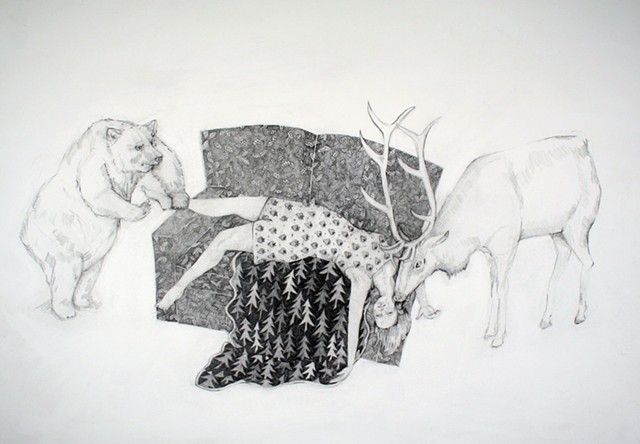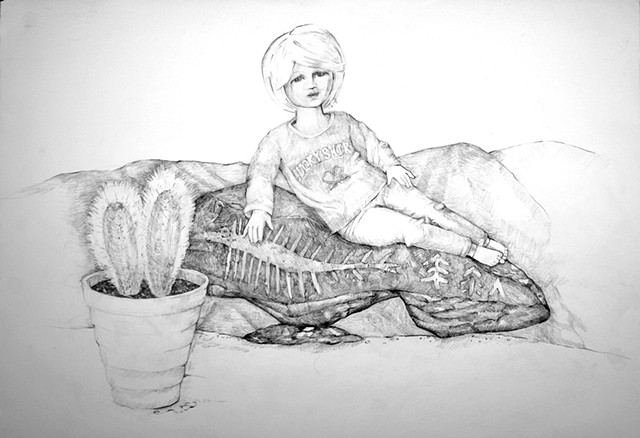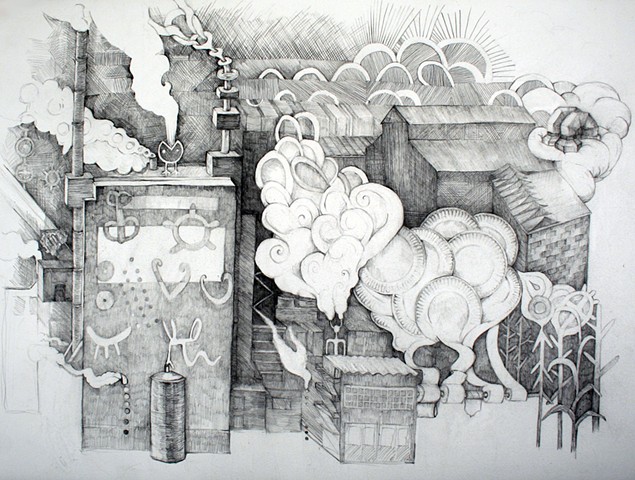2016 Truest Stories
Truest Stories
This is a collection of northwest fable-like scenes. Objects, characters, and places are constructed to highlight peculiar or stressed relationships and adaptations. Typically fables and tales have a storyline that evokes a moral; a metaphor that is charged with changing bad behavior to better behavior or understanding. However, these scenes are not fables. They really are occurring, and Creyts visualizes the narratives. Pelicans are moving inland because they have no food on the coast due to river dams, cougars are being reinstated to thin nuisance deer populations, and the 4,500 year-old Nez Perce petroglyphs share the same waterway as the ever-stinky Clearwater Mill. It’s a strange, anthropocentric time. We push cultural needs on the natural and alternately want authentic and idyllic nature to be available for our pleasure. In “Venus”, a plastic doll is classically posed in a lucky shirt on top of a fish skeleton petroglyph with a Home Depot cactus. Here are some of the artist’s thoughts on the imagery:
Plastic doll: “Weird, she kind of resembles me; and I hate dolls in art.”
Petroglyph image: Harbinger of loss in a river valley setting
Cactus: Not reliant on water, people who buy cacti are not good nurturers
Shirt: Fate



